15 Rare Tanks From Military History Few Have Witnessed
Military history is filled with machines that left a lasting mark, yet some are so rare that few people will ever see them in person. These tanks often existed in small numbers, built for specific missions or as experimental designs. Many spent little time in active service before being retired or replaced. Today, they are preserved in museums, private collections, or kept in storage away from the public eye. Each one tells a story about the challenges and innovations of its time. Some are valued for their unique engineering, while others hold importance for their role in key battles.
This post may contain affiliate links, which helps keep this content free. Please read our disclosure for more info.
Renault FT-17
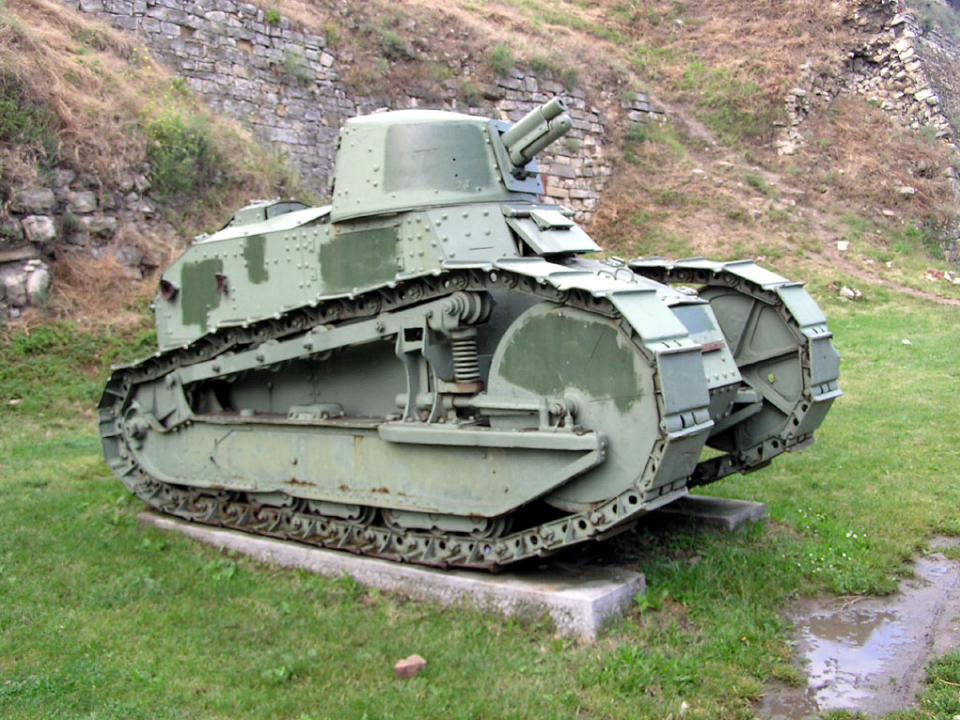
The Renault FT-17, introduced during World War I, is widely regarded as one of the first tanks to feature a fully rotating turret. Its design influenced the development of armored vehicles for decades. Equipped with either a 37mm Puteaux SA 18 gun or a 7.92mm Hotchkiss machine gun, it weighed around 7 tons and had a crew of two. Today, it is a rare collector’s piece because very few original units remain intact.
Surviving FT-17 tanks are usually found in museums or private collections, with some restored to operational condition for historical events. The market value for a restored example can reach $150,000 to $250,000 depending on authenticity and condition. Collectors prize it for its historical importance and relatively compact size compared to later armored vehicles. Owning one is a statement of both military history appreciation and exclusivity.
Panzerkampfwagen I Ausf. F
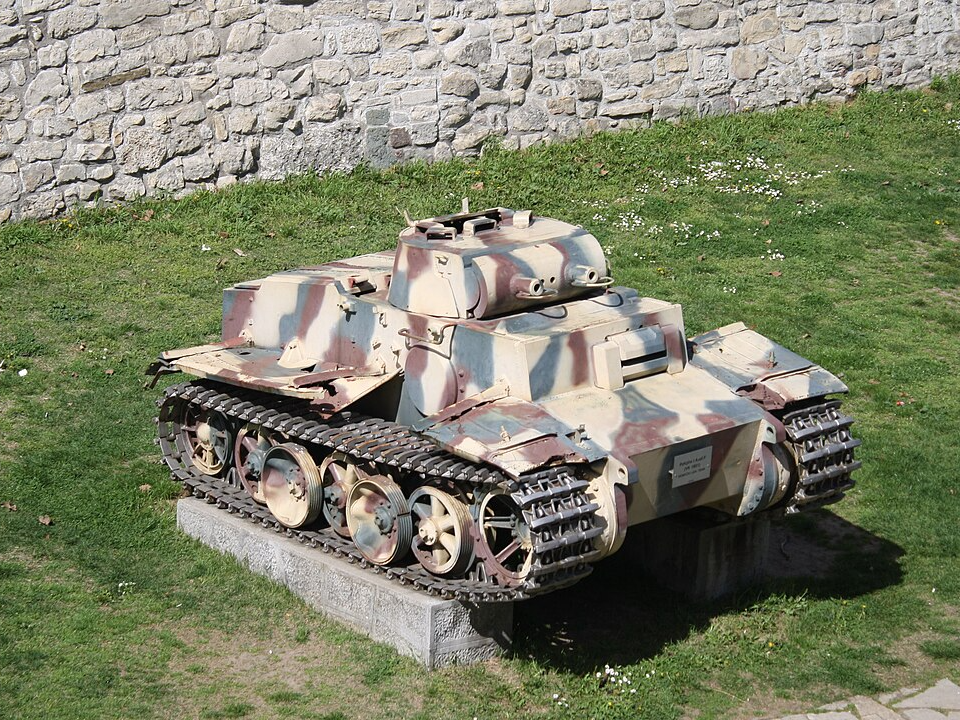
The Panzer I Ausf. F was a heavily armored variant of Germany’s early-war light tank series. Built in very limited numbers in 1942, it featured thicker armor and a redesigned chassis for better protection. Its armament consisted of two 7.92mm MG34 machine guns, making it effective mainly against infantry rather than other tanks. The low production numbers and its short service life add to its rarity.
Today, examples of the Panzer I Ausf. F are found mostly in European museums. A fully restored version, if available for private sale, could be valued between $400,000 and $600,000. Its scarcity and connection to early German armored warfare make it one of the most sought-after light tanks among collectors and historians.
T-35 Heavy Tank
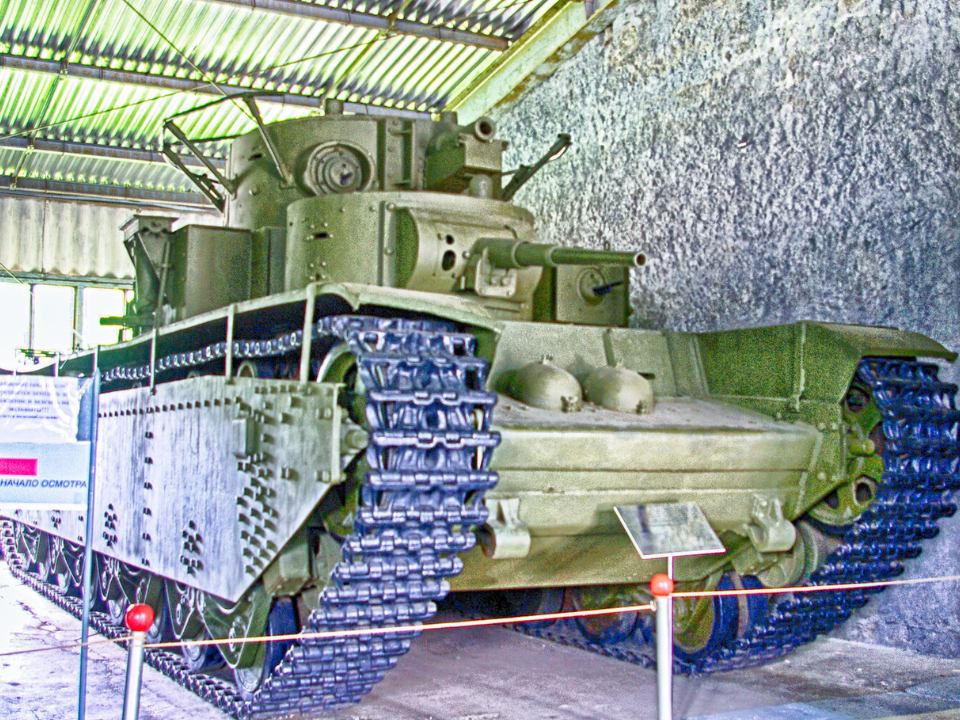
The Soviet T-35 was a multi-turreted heavy tank designed during the interwar period. It had an imposing presence with five turrets, including a 76.2mm main gun and multiple secondary weapons. Despite its size, it was slow and mechanically unreliable, leading to limited effectiveness in combat during the early stages of World War II. Production numbers were small, which contributes to its rarity today.
Only a handful of T-35 tanks survived the war, and most are preserved in Russian military museums. On the rare occasion one is sold privately, the value can exceed $1.2 million due to its unique design and historical significance. Its sheer size and unusual configuration make it one of the most visually striking tanks of the 20th century.
Stridsvagn m/21-29
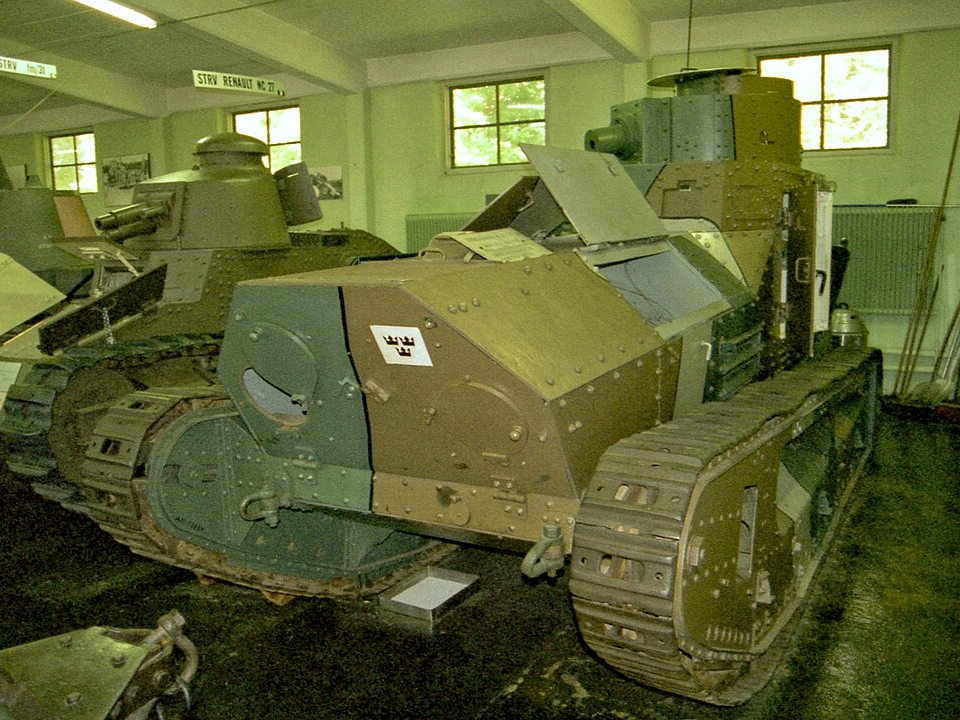
Sweden’s Stridsvagn m/21-29 was based on the German LK II light tank design and was one of the first tanks used by the Swedish military. The upgraded m/21-29 variant featured a new engine and improved armor compared to the original model. Only a few units were ever built, and they were retired long before World War II.
Due to the small number produced, original examples are extremely rare. Restored models, if they appear on the market, could command values from $200,000 to $350,000. They are considered a significant part of Sweden’s early armored warfare history, and their preservation is a priority for military museums in the country.
Char B1 bis
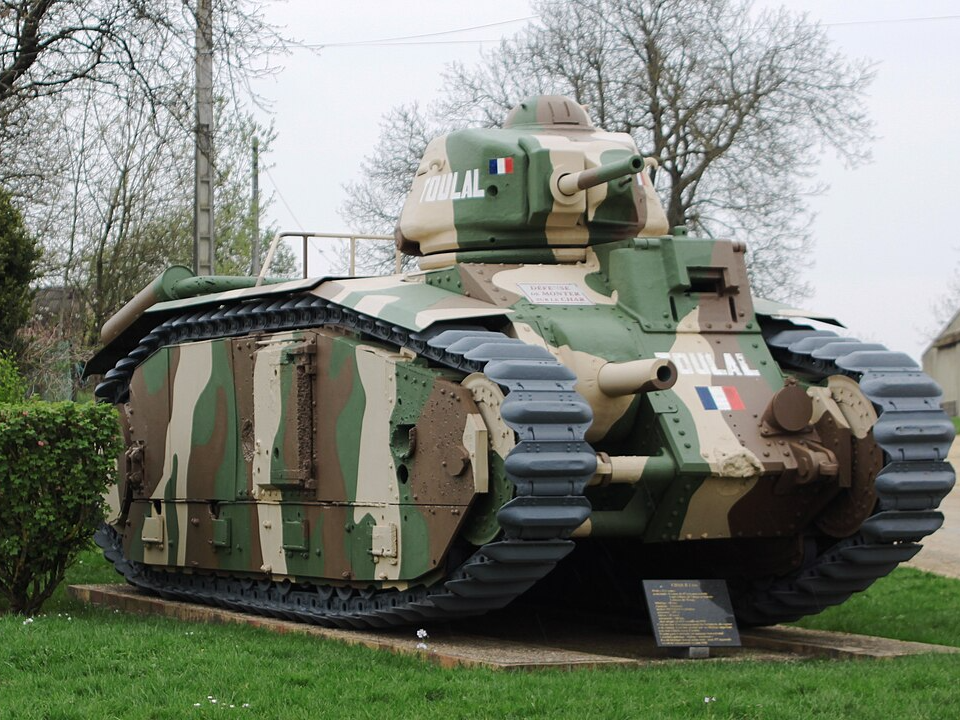
The French Char B1 bis was one of the most heavily armored tanks of the early World War II period. Armed with a 75mm hull-mounted gun and a 47mm turret-mounted gun, it was a formidable opponent in direct combat. However, its complexity and production cost limited the number built before France’s defeat in 1940.
Most surviving Char B1 bis tanks are in French or European collections. If a fully functional example were to be sold privately, it could fetch $700,000 to $1 million. Collectors admire it for its blend of heavy armor and multi-weapon layout, as well as its role in resisting the early German offensives.
Panzerkampfwagen VIII Maus
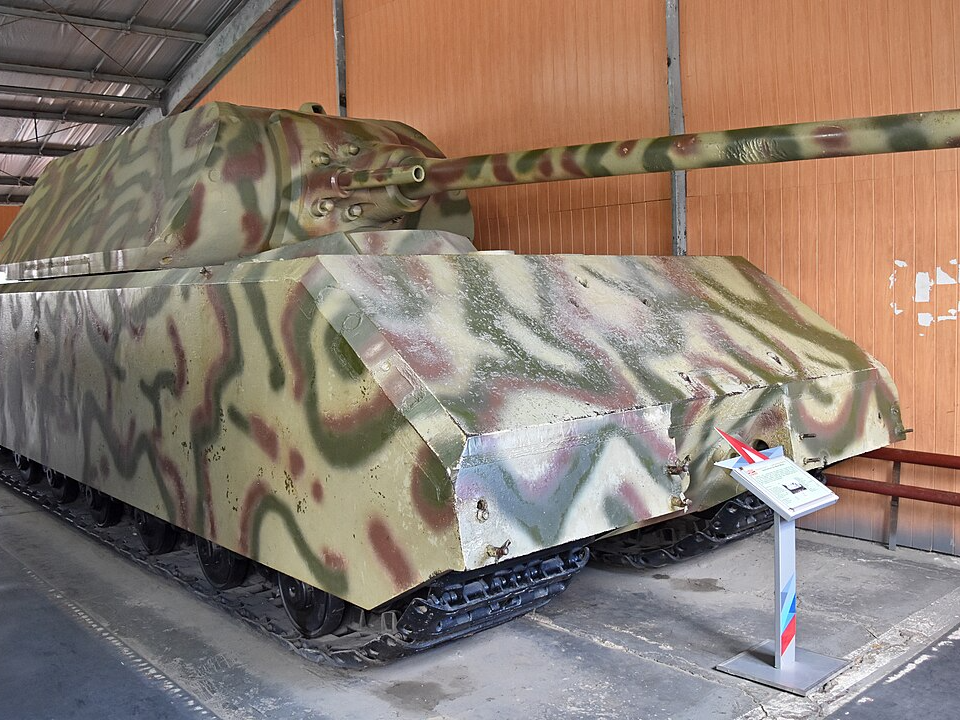
The German Maus was the heaviest fully enclosed armored fighting vehicle ever built, weighing nearly 190 tons. It was armed with a 128mm main gun and a coaxial 75mm gun, making it an extreme example of over-engineering during World War II. Only two prototypes were completed, and neither saw active combat. Its size and impracticality made it unsuitable for real battlefield conditions.
Today, one surviving Maus is displayed at the Kubinka Tank Museum in Russia. If such a prototype were ever to appear in a private sale, the estimated value could easily exceed $10 million due to its rarity and engineering complexity. It stands as an iconic example of military experimentation taken to the extreme.
M3 Lee Grant
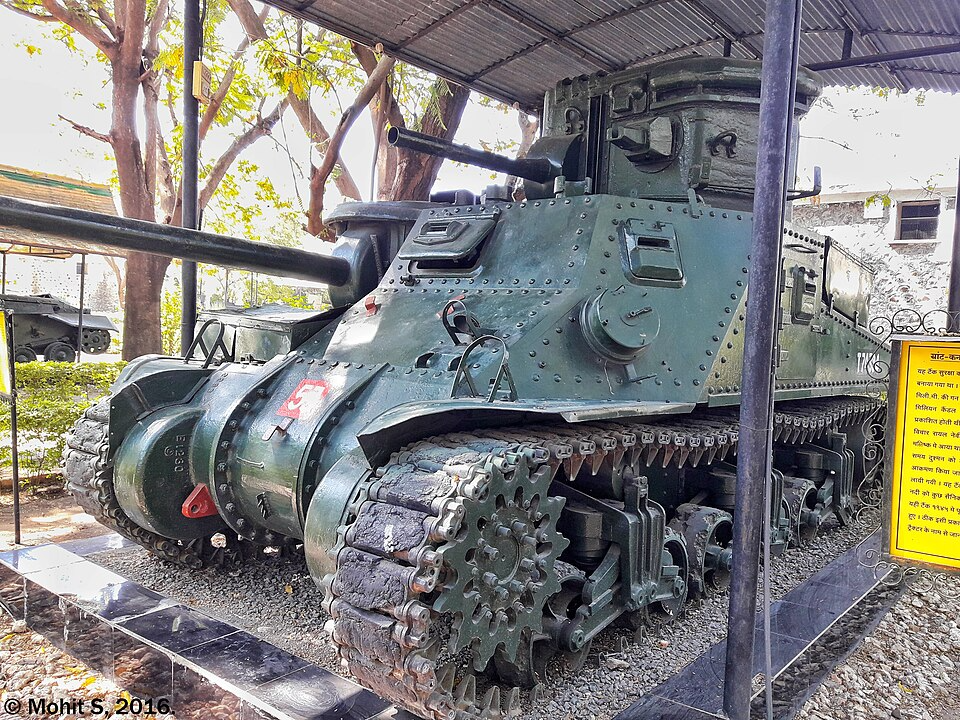
The M3 Lee, known as the Grant in British service, was an American medium tank designed before the M4 Sherman became standard. It featured a 75mm gun mounted in the hull and a 37mm gun in a small turret, giving it a distinct profile. While not the most advanced design, it played a crucial role in the North African Campaign. Limited surviving examples exist in working order today.
Restored M3 Lee or Grant tanks can sell for $250,000 to $400,000 depending on their history and condition. Collectors value it for its role in early Allied successes against Axis forces in desert warfare. It is a tank that bridges the gap between early war designs and more modern layouts.
AMX-50
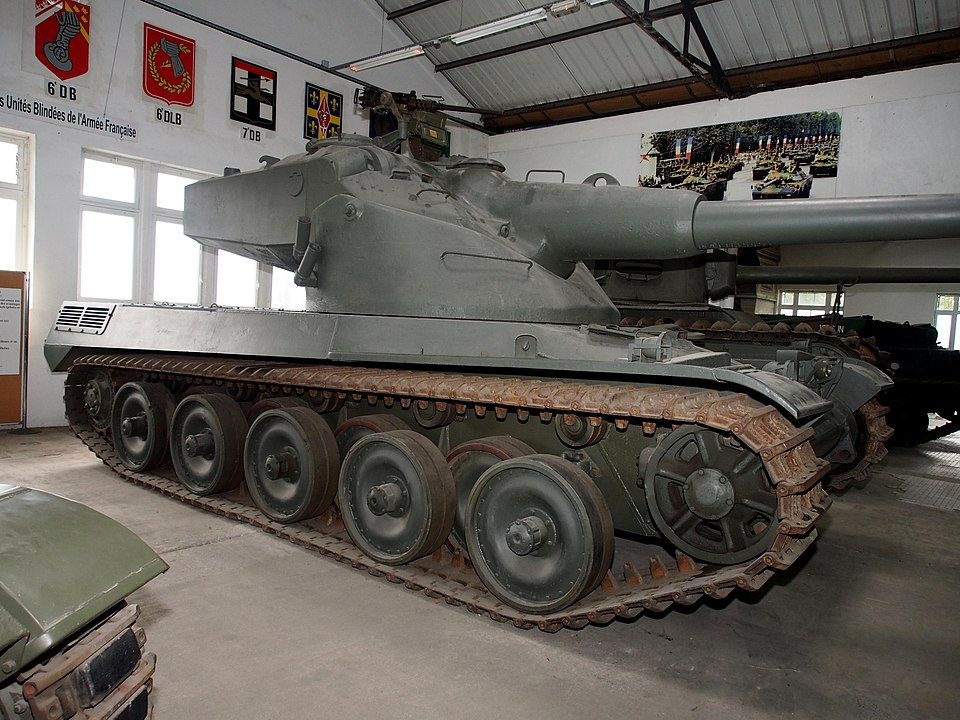
The French AMX-50 was a post–World War II heavy tank prototype developed in the late 1940s and early 1950s. It was equipped with a powerful 120mm gun and an oscillating turret, a unique design feature for its time. Intended to counter the Soviet heavy tanks of the Cold War, it never entered mass production due to shifting military priorities.
Only a few prototypes survive, and they are held in French museums. The estimated market value for a preserved AMX-50, if sold, could range from $1 million to $1.5 million. Its futuristic design for the era and rare turret configuration make it highly desirable among armor enthusiasts.
FV214 Conqueror
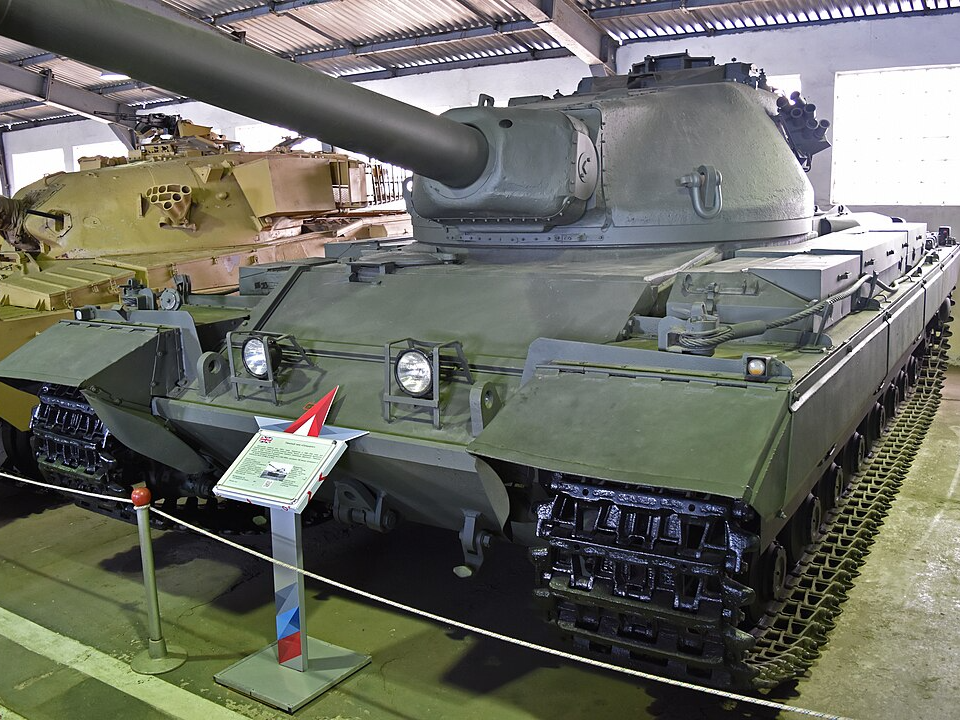
The British FV214 Conqueror was a heavy tank designed in the 1950s to counter Soviet heavy armor. It carried a massive 120mm gun and thick armor, making it one of the most formidable Western tanks of its time. Due to its weight and logistical challenges, production numbers were limited.
Today, surviving Conquerors are often displayed in British military museums. In private hands, a complete example could be valued at $500,000 to $800,000. It represents a unique period in tank design when heavy armor was considered essential for deterrence.
IS-7 Heavy Tank
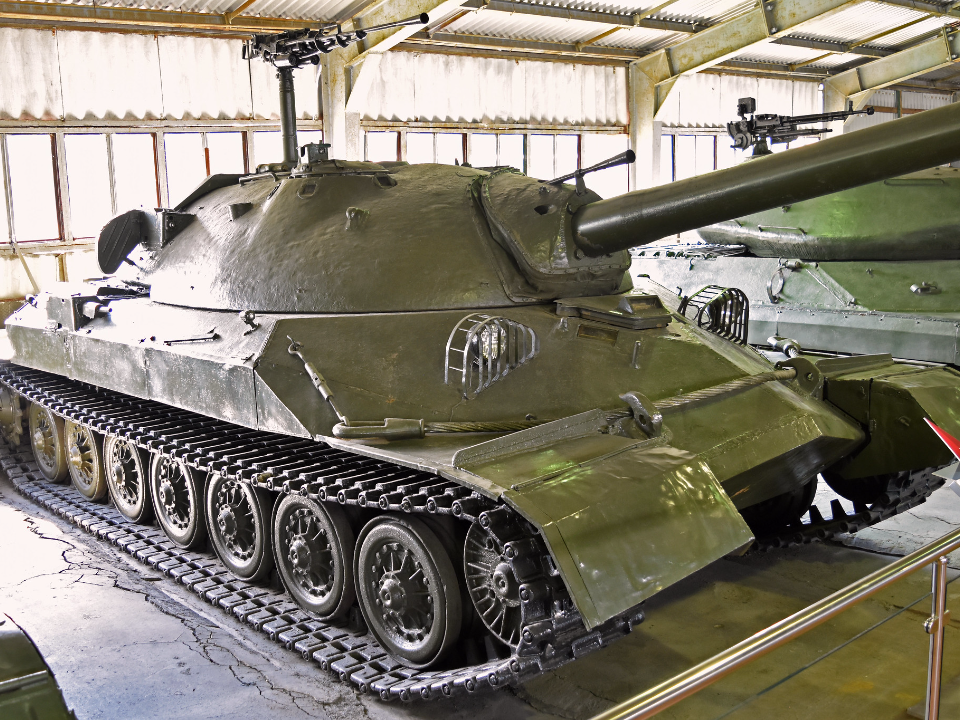
The Soviet IS-7 was developed in the late 1940s as an advanced heavy tank armed with a 130mm gun and thick sloped armor. It featured advanced features for its time, such as an autoloader and powerful diesel engine. Only a handful of prototypes were built before the project was canceled in favor of more practical designs.
The only surviving IS-7 is housed at the Kubinka Tank Museum. If it were ever sold, the price could easily surpass $5 million. Collectors and historians value it as one of the most powerful heavy tanks never to see combat.
Vickers A1E1 Independent
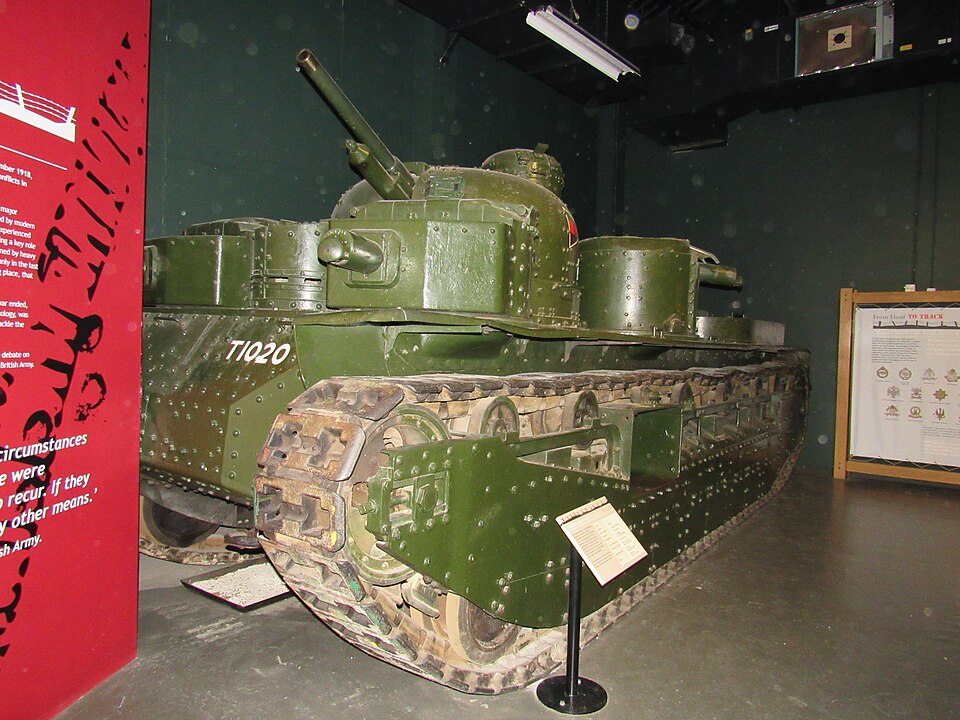
The British A1E1 Independent was an experimental interwar tank with five turrets, intended to provide both anti-infantry and anti-armor capability. Built in 1926, it influenced later multi-turreted designs like the Soviet T-35. Only one prototype was ever completed.
The sole surviving A1E1 is preserved in the Bovington Tank Museum in the UK. Its historical importance and uniqueness would likely give it a market value above $3 million if it were available for sale. It remains an important artifact in the evolution of tank warfare.
Tortoise Heavy Assault Tank
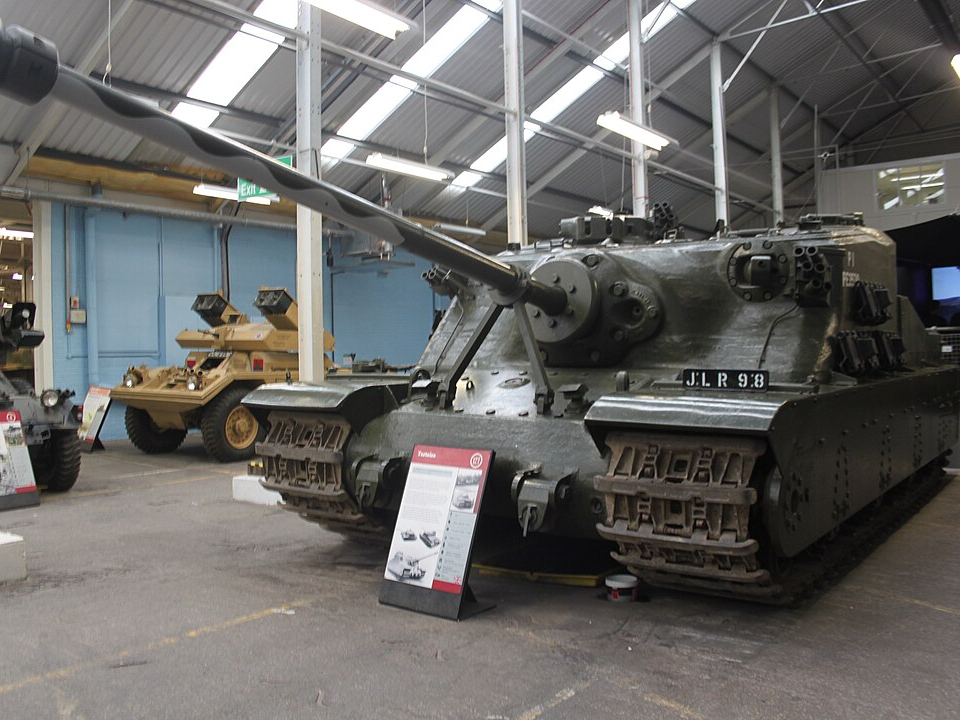
The British Tortoise was designed during World War II as a heavily armored vehicle to break through fortified defenses. It carried a 32-pounder gun and had armor up to 230mm thick. Only six prototypes were completed before the war ended, and the need for such heavy vehicles diminished.
One working Tortoise is still demonstrated at special events in the UK. Its rarity and impressive size could make it worth $2 million to $3 million in the collector market. It serves as a reminder of the late-war push toward specialized armored vehicles.
Panzerjäger Tiger (P) Ferdinand/Elefant
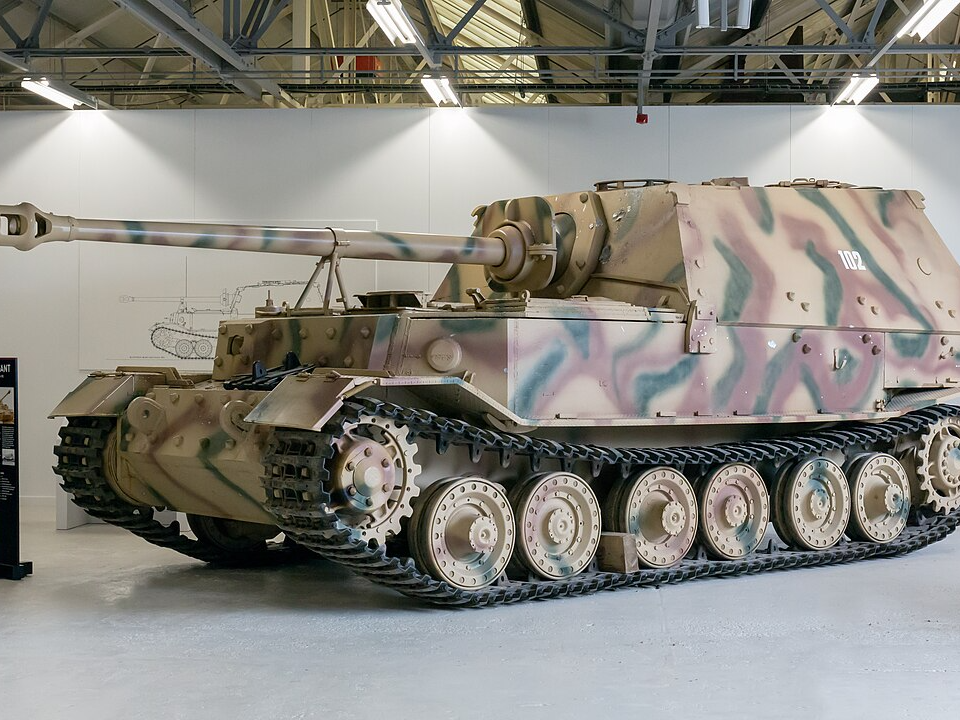
The Ferdinand, later upgraded to the Elefant, was a German heavy tank destroyer based on the chassis of the Tiger (P) prototype. Armed with an 88mm Pak 43/2 gun, it was highly effective at long-range engagements. Only about 90 units were produced, and many were lost in combat.
Surviving Elefants are extremely rare, with only a few in museums worldwide. A fully restored one could be valued at $4 million to $6 million. Its firepower and rarity make it one of the most desirable World War II armored vehicles.
Merkava Mk.1 Prototype
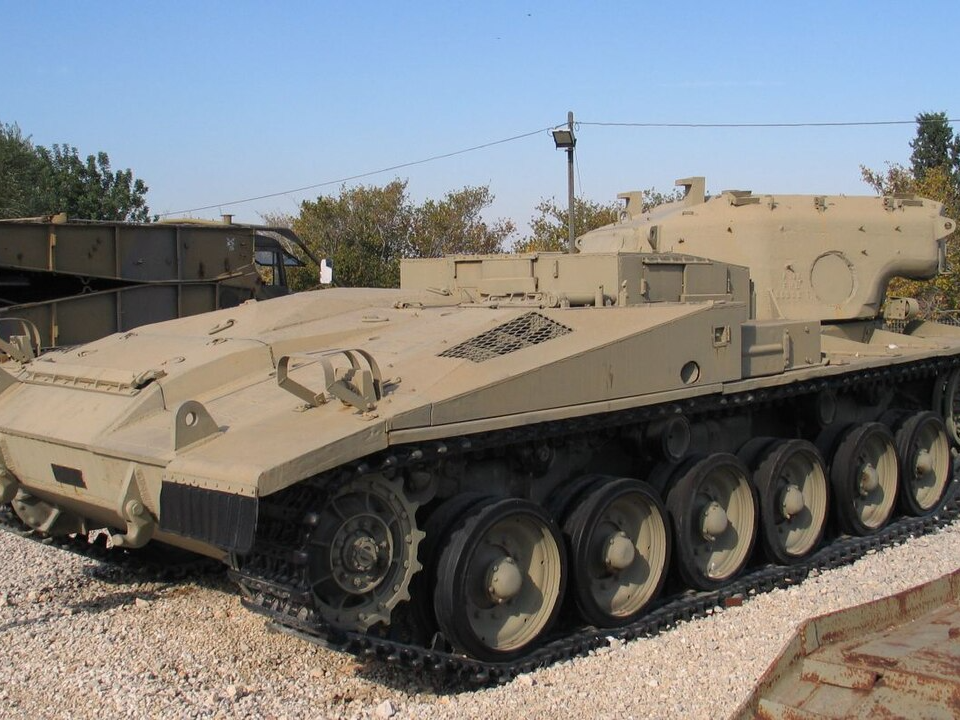
The Merkava Mk.1 was Israel’s first domestically designed main battle tank, entering production in the late 1970s. The prototype versions differed slightly from the final production model and were built in very small numbers. They are instantly recognizable by their unique engine-forward design intended to protect crew members.
A genuine Mk.1 prototype, if released from military archives, could fetch between $1 million and $1.5 million. Their rarity and historical significance to Israeli military development make them valuable both historically and monetarily.
Jagdtiger
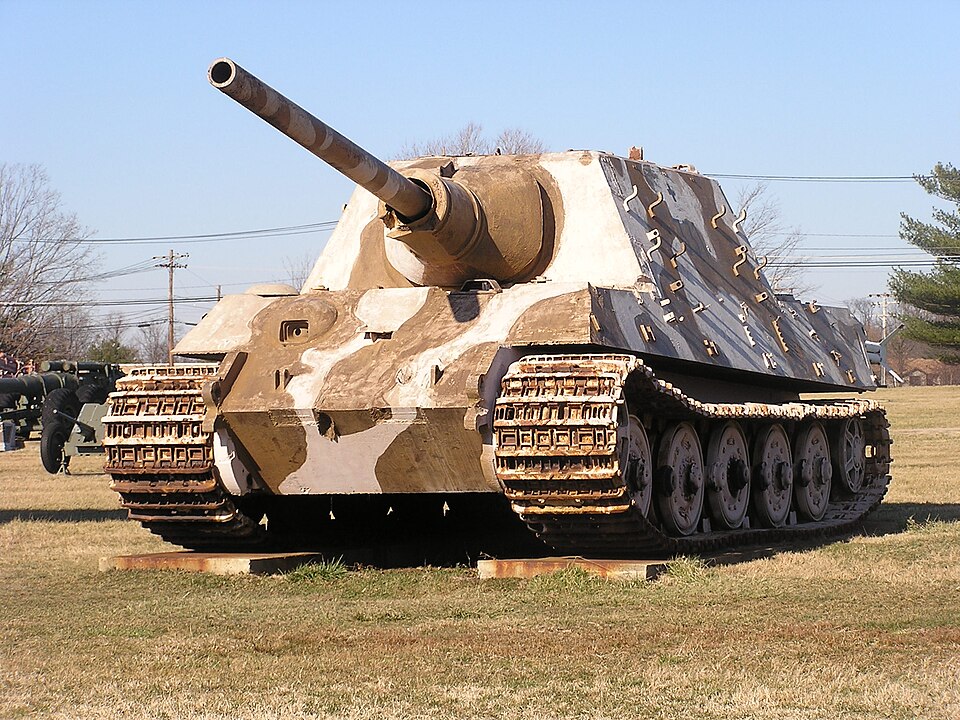
The German Jagdtiger was the heaviest armored fighting vehicle used during World War II, weighing about 72 tons. Built on the Tiger II chassis, it carried a 128mm Pak 44 L/55 gun, capable of destroying any Allied tank from extreme distances. Only about 70 units were built, and many were lost to mechanical failures rather than enemy fire.
Today, intact Jagdtigers are displayed in only a few museums worldwide. If one were ever offered for private sale, the value could range from $6 million to $8 million. Its enormous gun and imposing armor make it one of the most intimidating tanks of the era.
This article originally appeared on Avocadu.
